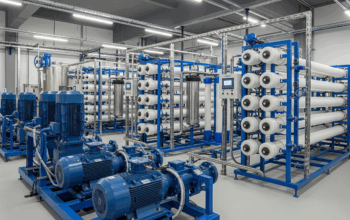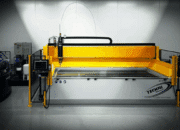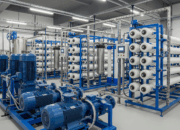It’s an exciting time in the warehouse industry. With new technologies and improved planning strategies, warehouses now have more opportunities than ever to maximize their efficiency and increase productivity – all with a single tool: material handling.
But while it can be incredibly beneficial for your business, if not done right, it can also become overwhelming to manage and costly in terms of both money and time. This blog post will explore how you can use effective material handling practices to optimize your warehouse’s efficiency without breaking the bank.
We’ll discuss everything from choosing the right equipment for your facility’s needs to setting up a system that will help streamline operations – no matter what size or type of products you carry.
Identify Your Warehouse’s Current Material Handling Needs
The first step is to assess your current material handling practices and invest in heavy duty material handling equipment accordingly. Identify the pain points, bottlenecks, and inefficiencies that are slowing down your operations.
Develop a comprehensive plan that addresses these challenges and takes into account the type of inventory you handle. How heavy, bulky, or fragile is the merchandise you move?
What are the specific requirements for storing and handling it? By identifying these needs, you can create a customized plan to improve your material handling practices.
Analyze Recommendations for Warehouse Layout and Design
Optimizing your warehouse’s layout and design can help improve efficiency. Start by mapping out your warehouse and identifying the areas that need improvement. Look for ways to reduce unnecessary movement and streamline the flow of materials.
Consider using a warehouse management system (WMS) to help you optimize your layout and design. A WMS can provide you with real-time data on inventory, shipments, and receiving. You can then use this data to make informed decisions about how to improve your warehouse’s layout and design.
Invest in Automation
Automation can help reduce the need for manual labor and improve the accuracy and speed of your material handling processes.
Consider investing in conveyor systems, automated storage and retrieval systems (AS/RS), and other automation technologies that can help streamline your operations. Automation can also help reduce the risk of injuries and accidents in the workplace.
Implement Incentives to Improve Worker Productivity
Employees are the backbone of any warehouse operation, and incentivizing them can help improve productivity. Consider implementing a rewards program that recognizes employees who go above and beyond in their duties.
Encourage teamwork and collaboration to help improve overall performance. Creating a fun and friendly work environment can also help motivate employees to work more efficiently.
Establish Quality Assurance Protocols
Establishing quality assurance protocols can help ensure that your warehouse operates at peak performance level. Regular audits and inspections can help you identify areas where improvements are needed and ensure that all equipment is functioning properly.
Quality assurance protocols can also help ensure that materials are being handled safely and accurately, reducing the risk of damage or losses.
Utilize Technology
Technology can help improve your warehouse’s efficiency in a number of ways. Consider implementing a barcoding system to help streamline inventory management. Use RFID technology to track and monitor product movement throughout your warehouse.
Implement a WMS to help you manage and optimize your warehouse operations. By staying on top of the latest technological advancements, you can help ensure that your warehouse remains efficient and competitive.













